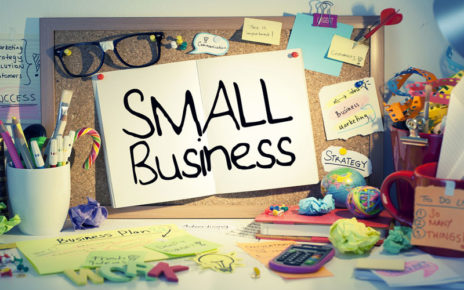In the corporate world, customer incentives have a bad reputation for being seen as nothing more than a gimmick or a gimmicky way of giving stuff away for free. Yet they’ve been there for more than a decade, and more corporations, not fewer, are hopping on the bandwagon. Business rewards program, however, are frequently misapplied and largely misunderstood in reality. Too many businesses see awards as transient promotional handouts or monthly specials when it relates to design and implementation. Approached that way, incentives might offer some value by persuading new or existing consumers to try a product or service. But until they are intended to foster loyalty, they will yield at best a small percentage of their potential worth.
Well planned and implemented customer loyalty programmes work at all times. To provide continuous and recurrent value to your most lucrative consumers, you need to move beyond standard ‘card only’ loyalty programmes. Some of the finest loyalty programmes reward customers for their involvement with the company over the long term. Modern customers are continually expecting customised communications, relevant rewards, mobile applications, and partner programmes as a means to connect with the businesses they love.
Loyalty programmes help you maintain your best customers
Creating an emotional connection with consumers is the primary goal of a PRMMS b2b loyalty programme. You might already be aware of the fact that brand loyalty cannot be fostered if there is no emotional bond between a company and its customers.
So how do firms develop an emotional connection via loyalty programmes?
Positive customer experiences, a shared sense of community and an inherent appreciation for one another are the most common factors in forging lasting emotional bonds. Showing thanks to clients by offering them an incentive is a good approach to generate emotions, regardless of the reward’s monetary worth.
A loyalty program’s success depends on its ability to satisfy the requirements of a competitive strategy. It should always be connected with a brand and it has to be set in a way that fulfils the customers’ demands and aspirations. From a customer’s perspective, there are five components that define a loyalty program’s worth: financial value, choice of redemption alternatives, inspirational value, relevancy, and convenience.
How loyalty programs can differ for consumer customers B2C and business customers B2B?
Although B2B and B2C loyalty programmes have the same purpose of keeping clients and assuring their loyalty, there are several fundamental differences:
- Business-to-business (B2B) loyalty programmes are often more intimate affairs, whereas consumer-facing (C2C) loyalty programmes handle far bigger volumes of data.
- In B2B, the choice of purchasing is generally taken by a group or committee, and purchases are higher both in cost and volume since a whole group of individuals will utilise the goods. With business-to-consumer sales, however, customers make purchases and use products independently or within their own families.
- In a B2B loyalty programme, the decisions are based on economic calculations, as purchases are made to increase the competitiveness of a firm, enable employees engage and communicate better, update hardware, and several other business-driven reasons. In business-to-consumer transactions, however, buyers are more likely to consider how a product or brand makes them feel emotionally.
- Compared to business-to-consumer (B2C) loyalty programmes, B2B programmes necessitate more interaction with customers.
- Transaction times in B2C loyalty programmes are often shorter than in B2B programmes.
- In order to succeed at B2B loyalty programmes, businesses must cultivate meaningful connections with their clientele. When it comes to business-to-consumer loyalty programmes, it’s not unusual for vendors to have hundreds or even thousands of prospective consumers.





